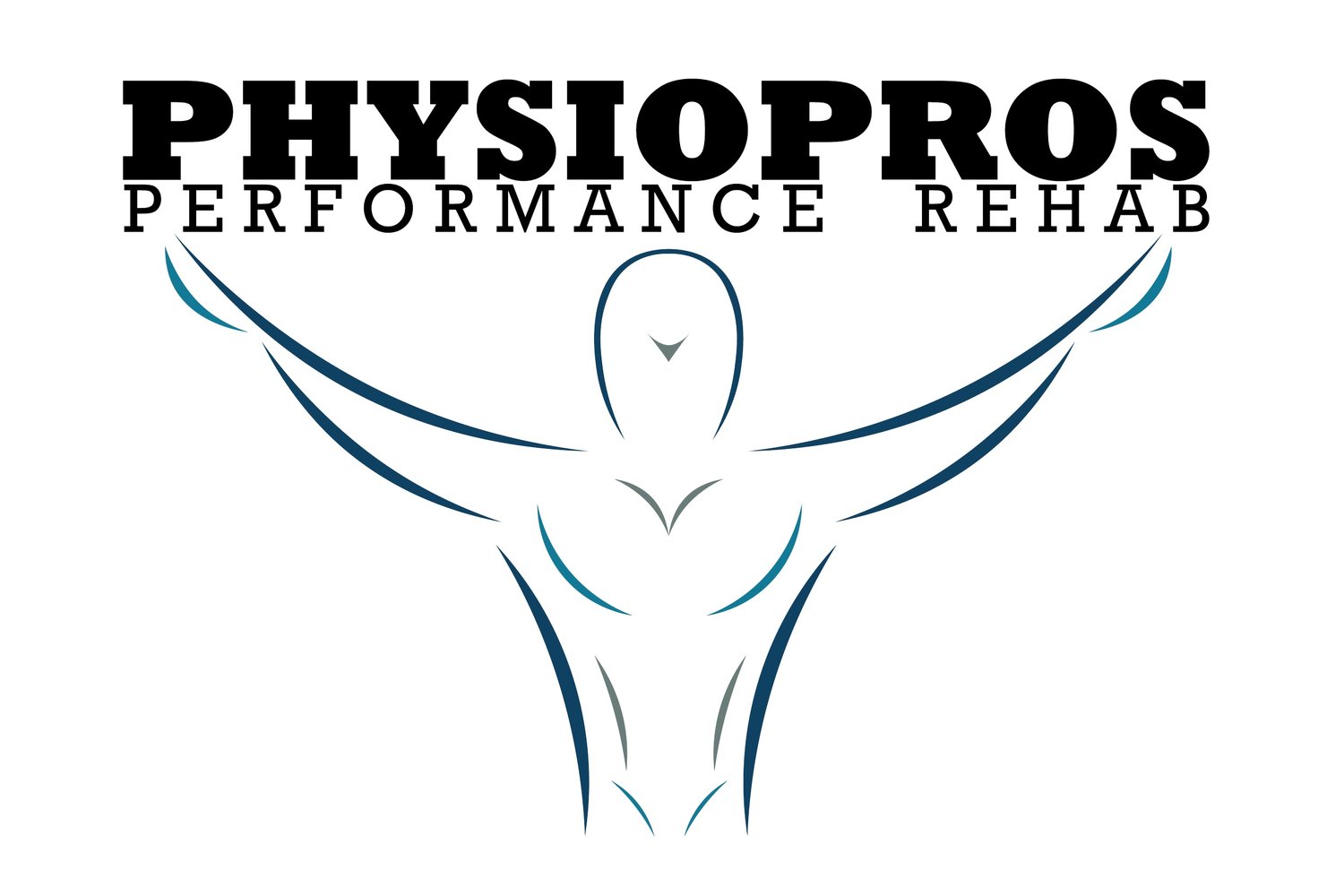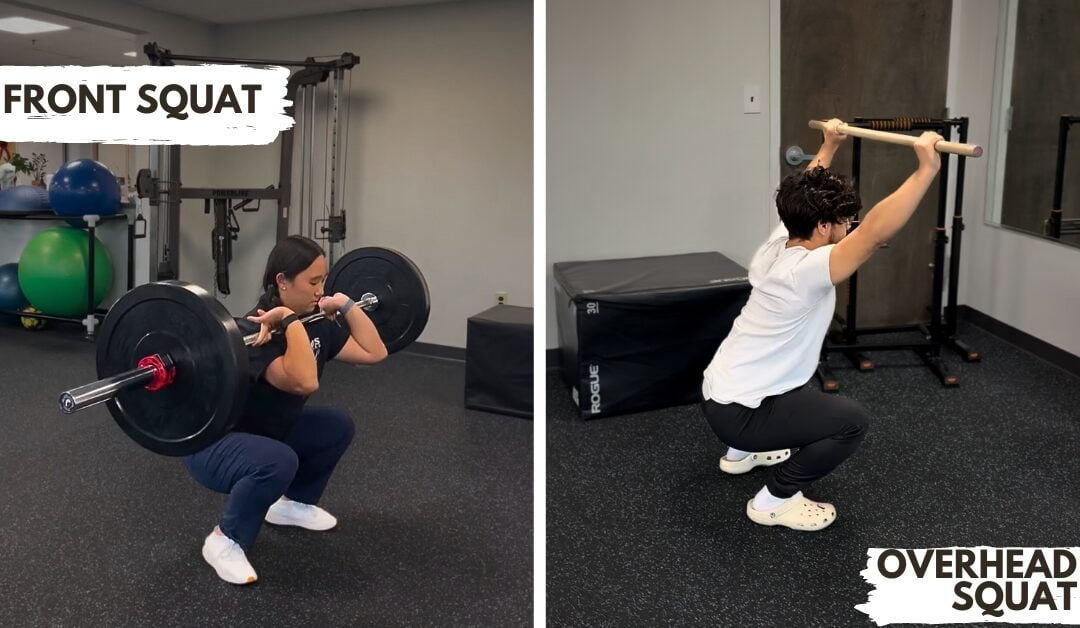Pain in Lower Back From Squats? Here are 5 Underlying Issues and What You Can Do to Solve Them!
Squats are one of the best exercises for building strength and improving fitness. They work many muscles in your body and help you get stronger. However, sometimes squats can cause pain in your lower back. This pain can make you worry and make you have to completely stop exercising for some time. At Physiopros Performance Rehab in Parsippany, NJ, we want to help you understand why this pain happens and what you can do about it. In this post, we’ll look at five possible reasons for lower back pain from squats and give you some tips on how to solve it.
Importance of Proper Squat Technique
Using the right technique when you squat is very important. Good form helps you get the most out of your workout and keeps you safe from injuries. Many people make mistakes when squatting, which can lead to pain, especially in the lower back.
Common mistakes include rounding your back, letting your knees cave in, or not keeping your core tight. These mistakes put extra stress on your lower back and can cause pain.
Here are some tips to make sure your form is correct:
- Keep Your Back Neutral: Avoid rounding or arching your back. Your spine should be straight.
- Engage Your Core: Tighten your abdominal muscles to support your spine.
- Proper Foot Placement: Your feet should be shoulder-width apart, with your toes slightly pointed outward.
- Knee Alignment: Make sure your knees track over your toes and don’t cave inward or push outward.
By paying attention to your form, you can reduce the risk of lower back pain and make your squats more effective. If you’re unsure about your technique, consider getting help from our physical therapists at Physiopros Performance Rehab. We can show you the right way to squat and help you avoid common mistakes.
Five Possible Underlying Issues Causing Lower Back Pain from Squats
1. Poor Form
One of the biggest reasons for lower back pain during squats is poor form. When you don’t squat correctly, you put unnecessary strain on your lower back. Common mistakes include rounding your back, letting your knees go inward, and not engaging your core.
How to Fix It:
- Practice squatting in front of a mirror to check your form.
- Start with lighter weights until you feel confident with your technique.
- Work with a physical therapist at Physiopros Performance Rehab located in Parsippany, NJ for personalized guidance.
2. Weak Core Muscles
A weak core can cause instability during squats, leading to lower back pain. Your core muscles support your spine, and if they are not strong enough, your lower back takes on too much load.
How to Fix It:
- Add core-strengthening exercises like planks, dead bugs, and russian twists to your routine.
- Focus on stability exercises such as birddogs, pallof presses, kettlebell marches, and more.
3. Limited Hip Mobility
Tight hips can make it hard to squat properly, forcing your lower back to compensate. This compensation can lead to pain and discomfort.
How to Fix It:
- Stretch your hip flexors and hamstrings regularly.
- Include hip mobility exercises like hip circles, leg swings, and deep squats in your warm-up. Check out our Instagram video to see how to perform these exercises: Hip Mobility Exercises
- Read our blog on our top 5 dynamic hip mobility exercises that can help free up your hips: 5 Dynamic Hip Mobility Exercises Blog
4. Tight Ankles
Good ankle mobility is crucial for squatting correctly. Tight ankles can change your squat form and put stress on your lower back.
How to Fix It:
- Perform ankle mobility exercises such as calf stretches and ankle circles.
- Use a resistance band to improve ankle flexibility by looping it around your foot and gently pulling.
5. Overloading Too Soon
Adding too much weight too quickly can strain your lower back, especially if your body isn’t ready for the extra load. This can lead to pain and potential injury.
How to Fix It:
- Gradually increase the weight you lift, giving your body time to adapt.
- Follow a progressive overload plan that increases weight and intensity slowly.
By understanding these underlying issues and how to address them, you can prevent lower back pain and make your squats safer and more effective. For more help, Physiopros Performance Rehab in Parsippany, NJ is here to work with you and help you recover from your lower back pain, book your initial evaluation now!
Solutions and Preventive Measures
Preventing lower back pain from squats starts with good habits and proper preparation. Here are some solutions and preventive measures to help you squat safely and effectively.
Warm-Up Properly
A good warm-up prepares your muscles and joints for exercise, reducing the risk of injury. A proper warm-up increases blood flow to your muscles, making them more flexible and ready for the workout.
Suggested Warm-Up Routine:
- Dynamic Stretches: Include leg swings, scorpions, and hip circles to loosen up your joints.
- Light Cardio: Spend 5-10 minutes on a treadmill or stationary bike to get your blood flowing.
- Bodyweight Squats: Perform a few sets of bodyweight squats to activate the muscles you’ll be using.
Strengthen Your Core
A strong core is essential for supporting your spine and preventing lower back pain. Here are two great core exercises that you can do:
Beast Pose Birddogs: How to properly perform them
Chinese Planks: How to properly perform them
Gradually Increase Weight
Avoid adding too much weight too quickly. Gradual progression helps your body adapt and strengthens the muscles supporting your lower back.
Progressive Overload Tips:
- Increase the weight by 5-10 pounds each week.
- Focus on maintaining proper form even with lighter weights.
- Use a workout log to track your progress and ensure gradual increases.
By following these solutions and preventive measures, you can reduce the risk of lower back pain and improve your squatting technique. If you need personalized advice or more in-depth guidance, the team at Physiopros Performance Rehab in Parsippany, NJ, is here to help you every step of the way. Reach out to us now: Physiopros Performance Rehab
FAQ
Q: How can I tell if my squat form is correct?
A: You can check your form by using a mirror or recording yourself while squatting. Look for a neutral spine, knees tracking over your toes, and a tight core. If you’re unsure, consider working with a trainer at Physiopros Performance Rehab for expert feedback.
Q: What are some signs that my core is too weak?
A: Signs of a weak core include instability during squats, lower back pain, and difficulty maintaining good posture. Strengthening your core with exercises like planks and bird dogs can help.
Q: How often should I stretch to improve my hip mobility?
A: It’s best to stretch your hips daily or at least three times a week. Consistent stretching and mobility exercises can significantly improve your squat form and reduce lower back pain.
Q: Can I continue squatting if I have lower back pain?
A: It’s important to address the cause of the pain before continuing with squats. Try modifying your routine and focus on correcting your form. If pain persists, consult a professional at Physiopros Performance Rehab for a personalized assessment and treatment plan.
Q: How quickly should I increase the weight I lift?
A: Gradually increase the weight you lift to avoid overloading your lower back. Aim to add 5-10 pounds each week and focus on maintaining proper form. A progressive overload plan can help you build strength safely.
By addressing these common questions, you can better understand how to prevent and manage lower back pain from squats. Remember, if you need more help or have specific concerns, the team at Physiopros Performance Rehab in Parsippany, NJ, is here to support you.

